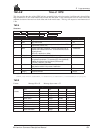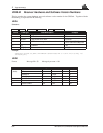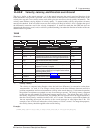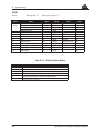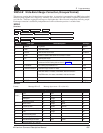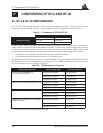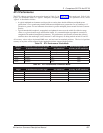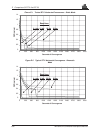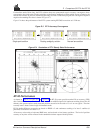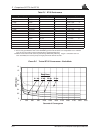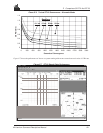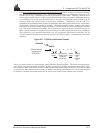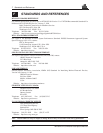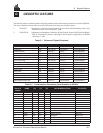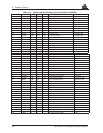
E Comparison Of RT-2 And RT-20
MiLLennium Command Descriptions Manual 209
For baselines under 30 km long, the RT-2 solution shows two pronounced steps in accuracy convergence; these
correspond to the single-point solution switching to the floating ambiguity solution which in turn switches to the
narrow lane solution. If you were monitoring this using NovAtel’s GPSolution program, the convergence sequence
might look something like what is shown in Figure E-3.
Figure E-4 shows the performance of the RT-2 system running RTCM59 corrections at 1/2 Hz rate.
Figure E-3 RT-2 Accuracy Convergence
Figure E-4 Illustration of RT-2 Steady State Performance
RT-20 Performance
As shown in Table E-5, Figure E-5 and Figure E-6 the RT-20 system provides nominal 20 cm accuracy (CEP)
after 3 minutes of continuous lock in static mode. After an additional period of continuous tracking (from 10 to 20
minutes), the system reaches steady state and position accuracies in the order of 3 to 4 cm are typical. The time
to steady state is about 3 times longer in kinematic mode.
RT-20 double-difference accuracies are based on PDOP < 2 and continuous tracking of at least 5 satellites (6
preferred) at elevations of at least 11.5°.
All accuracy values refer to horizontal RMS error, and are based on low-latency positions. The level of position
accuracy at any time will be reflected in the standard deviations output with the position.
Single-point solution Floating ambiguity solution Narrow lane solution



